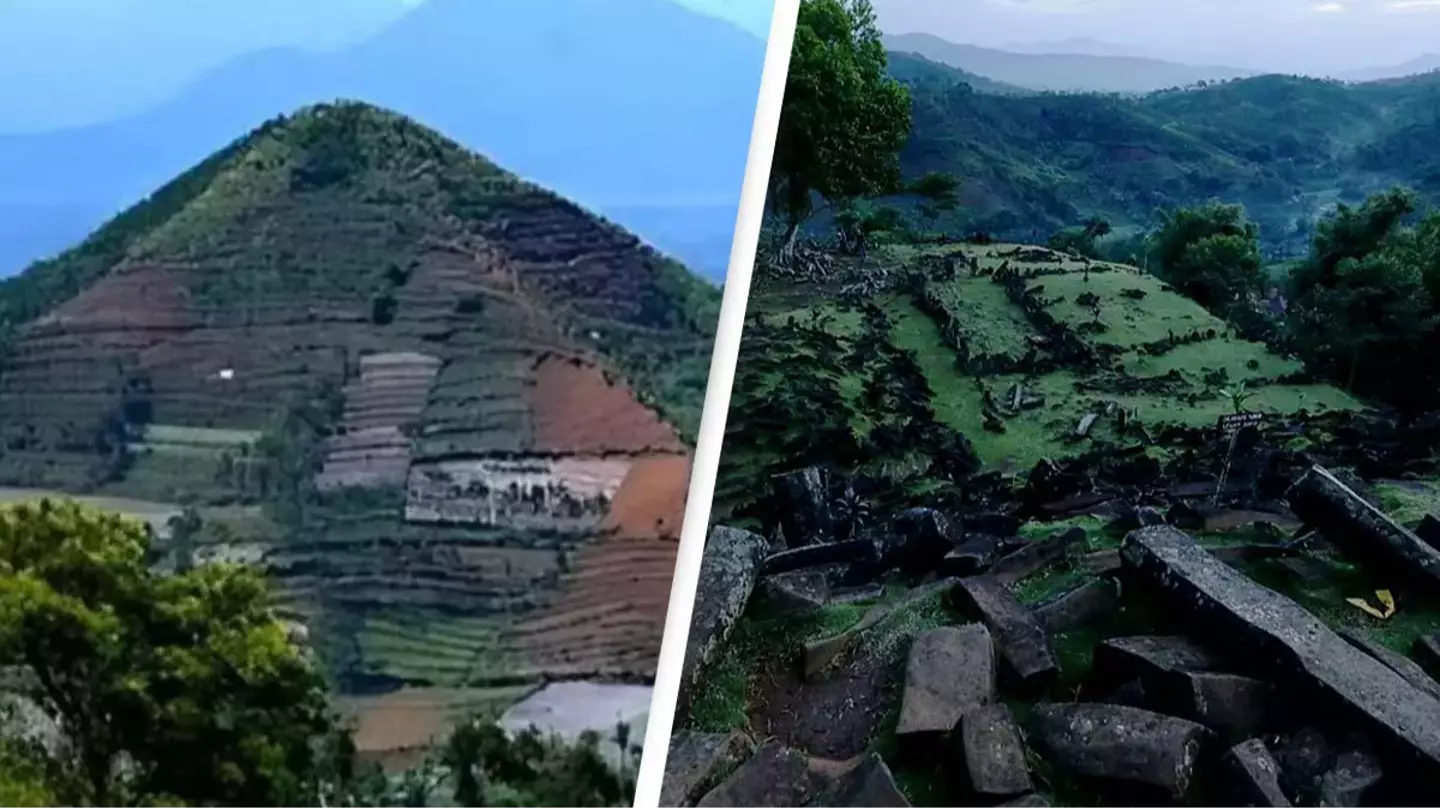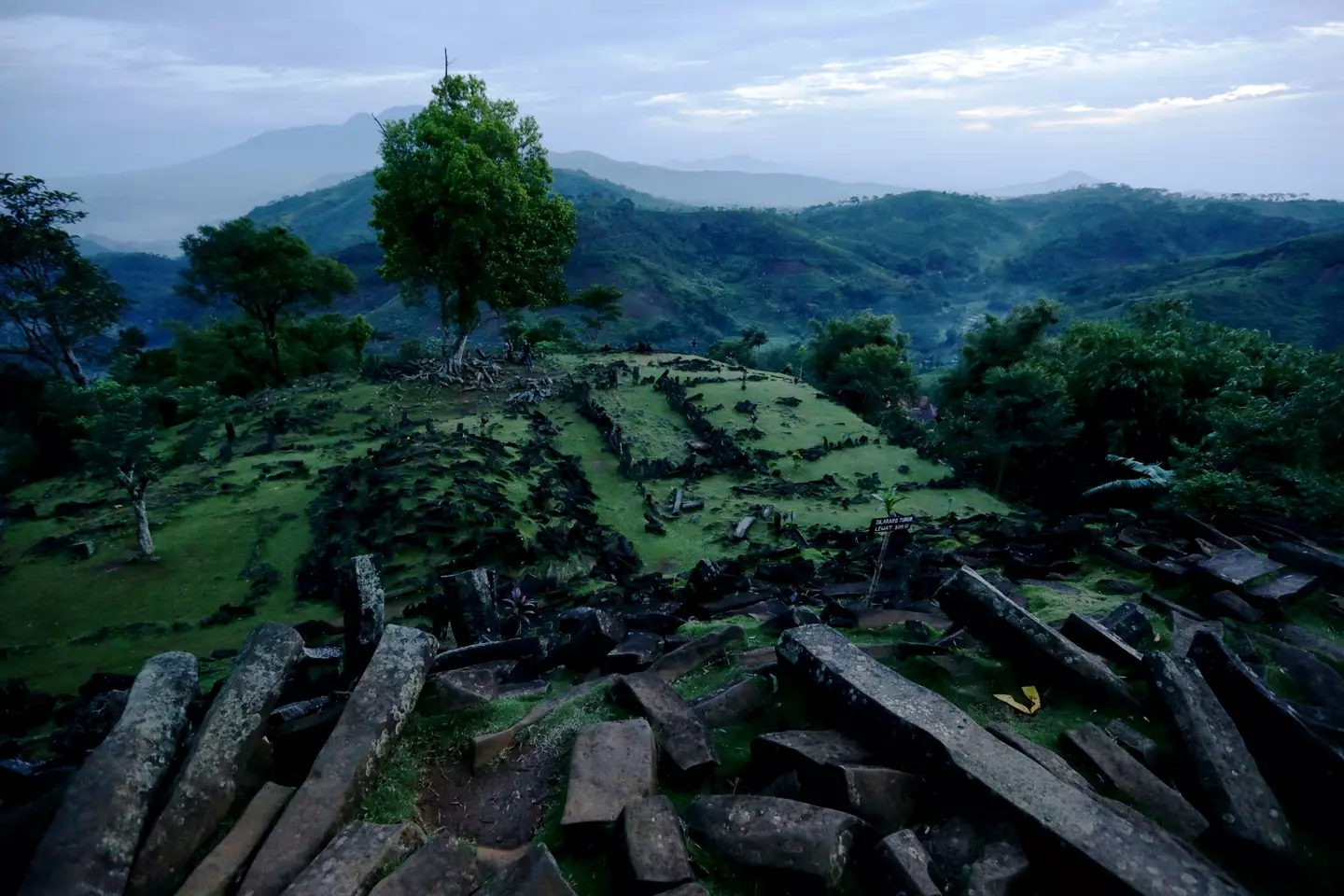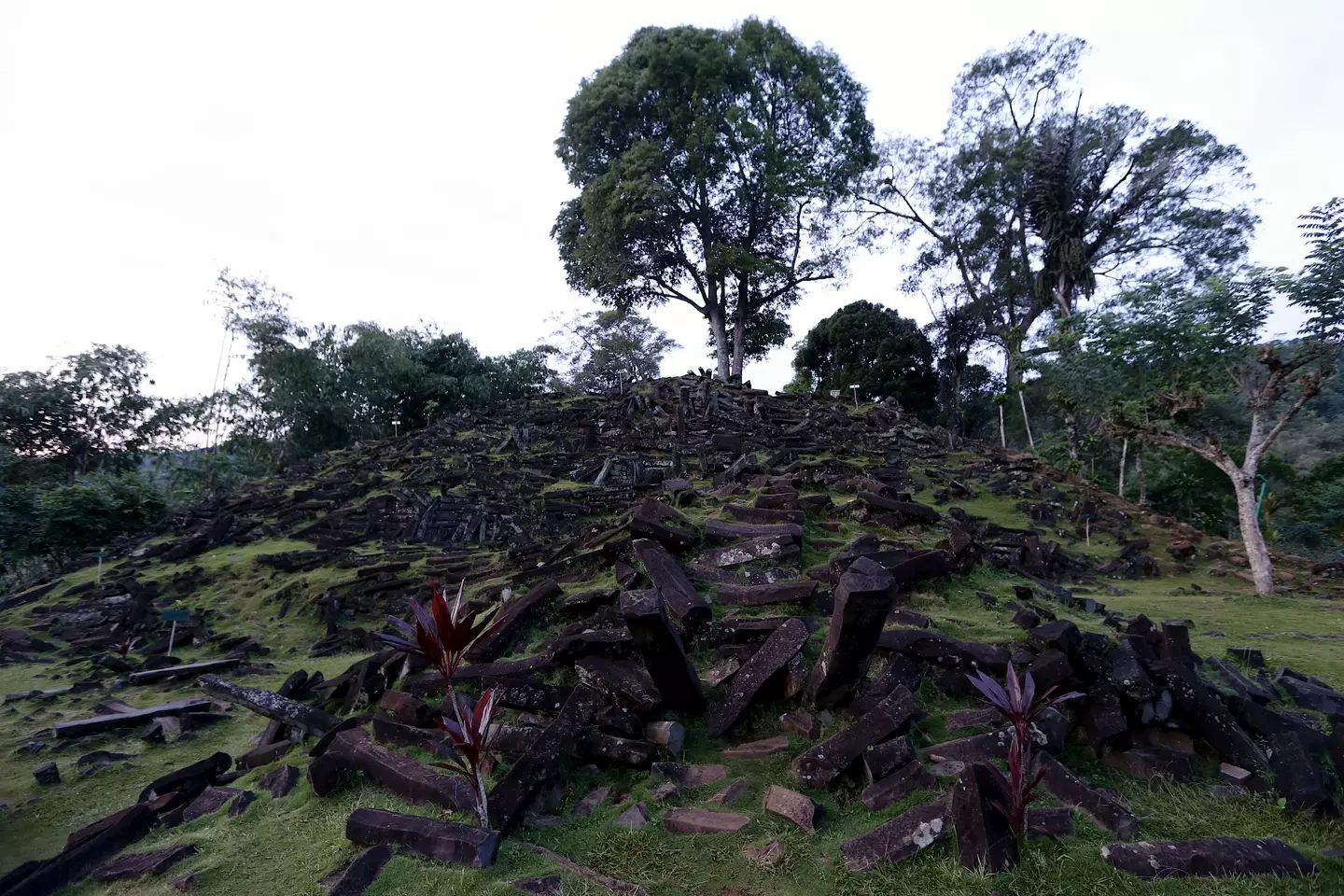
A controversial study claiming that humans built a 25,000-year-old pyramid in Indonesia has been withdrawn.
Whatever study has been released, it's often unlikely that such a ruling from experts would be overturned.
However, that is exactly what has happened with one particular study, which has since been removed by the Archaeological Prospection journal due to a 'major error'.
Advert
Last year, a study carried out at the Gunung Padang in Indonesia claimed to have found evidence of human activity at a very old site.

In fact, the area dated back thousands of years further than the next oldest pyramid.
It was even claimed that there were 'hidden cavities or chambers' located within the structure.
Advert
"Radiocarbon dating of organic soils from the structures uncovered multiple construction stages dating back thousands of years BCE, with the initial phase dating to the Palaeolithic era," authors of the study said.
"This study strongly suggests that Gunung Padang is not a natural hill but a pyramid-like construction.”
Such extraordinary claims require evidence, however, with other archeologists arguing at the time that the 'pyramid' was likely not built by humans.
Flint Dibble, an archaeologist at Cardiff University in the UK, told Nature that while the final study used 'legitimate data', the team had made unjustified conclusions.

The study's conclusion was partially influenced by soil samples from around the parts of the mound the team had deemed to be the oldest part - 27,000 years to be specific.
Advert
But archaeologists confirmed to Nature that these soil samples showed no signs of human activity - such as evidence of bone fragments or even charcoal.
So, with the current evidence, all we have to consider as concrete information is the fact the soil is very, very old.
It's not very compelling is it?
As a result, the Archaeological Prospection journal has taken down the study.
Advert
"The publisher and the Co-Editors-in-Chief have investigated these concerns and have concluded that the article contains a major error," the journal explained in a retraction notice.
"This error, which was not identified during peer review, is that the radiocarbon dating was applied to soil samples that were not associated with any artifacts or features that could be reliably interpreted as anthropogenic or 'man-made.' "Therefore, the interpretation that the site is an ancient pyramid built 9,000 or more years ago is incorrect, and the article must be retracted."